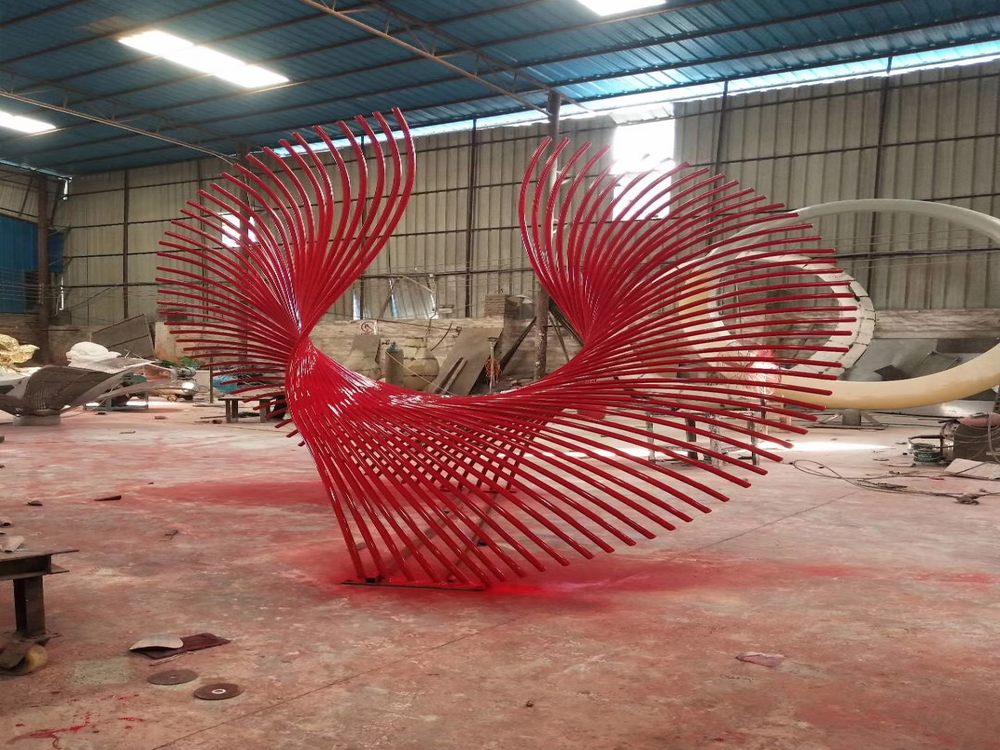
Stone sculptures, whether ancient or modern, often suffer damage or erosion due to environmental factors, accidents, or time. Artists and conservators employ specialized techniques to restore these artworks while preserving their original integrity.
The restoration process begins with a thorough assessment of the damage. Experts analyze cracks, missing fragments, and surface erosion using tools like microscopes and 3D scanning. For minor surface wear, gentle cleaning with soft brushes and pH-neutral solutions removes dirt without harming the stone.
For structural repairs, conservators use reversible adhesives like epoxy resins or lime-based mortars, ensuring future adjustments are possible. Missing sections may be recreated using 3D modeling and matching stone types, with new additions subtly differentiated from the original.
Erosion repair often involves consolidating weakened stone with silicate-based strengtheners, while discolored areas may be carefully retouched with mineral pigments. Throughout the process, artists prioritize minimal intervention, documenting each step for historical accuracy.
Modern techniques like laser cleaning and nanotechnology coatings are revolutionizing sculpture conservation, allowing precise restoration without physical contact. However, many artists still rely on traditional methods passed down through generations, blending art and science to give damaged sculptures new life.
The goal is always to honor the artist's original vision while ensuring the sculpture's longevity, allowing future generations to appreciate these cultural treasures.

